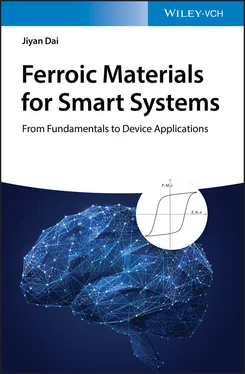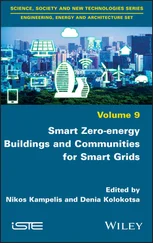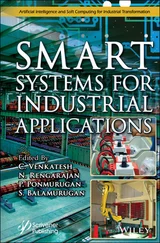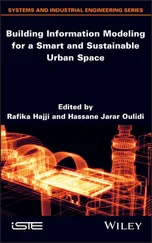Library of Congress Card No.:
applied for
British Library Cataloguing‐in‐Publication Data
A catalogue record for this book is available from the British Library.
Bibliographic information published by the Deutsche Nationalbibliothek
The Deutsche Nationalbibliothek lists this publication in the Deutsche Nationalbibliografie; detailed bibliographic data are available on the Internet at < http://dnb.d-nb.de>.
© 2020 Wiley‐VCH Verlag GmbH & Co. KGaA, Boschstr. 12, 69469 Weinheim, Germany
All rights reserved (including those of translation into other languages). No part of this book may be reproduced in any form – by photoprinting, microfilm, or any other means – nor transmitted or translated into a machine language without written permission from the publishers. Registered names, trademarks, etc. used in this book, even when not specifically marked as such, are not to be considered unprotected by law.
Print ISBN:978‐3‐527‐34476‐5
ePDF ISBN:978‐3‐527‐81534‐0
ePub ISBN:978‐3‐527‐81537‐1
oBook ISBN:978‐3‐527‐81538‐8
1 General Introduction: Smart Materials, Sensors, and Actuators
The early twenty‐first century has foreseen acceleration of innovations in robotics and automations as well as artificial intelligence (AI), where sensors/transducers and smart materials play very important roles. The concept of AI has been around since the late 1950s; however, it's only since the first decade of the twenty‐first century that excitement about it has really begun to grow due to the ability of fast computation and abundant size of memory devices. A very successful demonstration of AI is Google's AlphaGo, which is the first computer program to defeat a professional human Go player (see Figure 1.1). Another successful application of AI is the unmanned vehicles and aircrafts where large number of sensors and actuators are used.

Figure 1.1AI beats human chess player.
One may ask, what is the relation between the key word “ferroic materials” of this book and the mentioned robotics, automations, and AI? The answer is that these smart and intelligence systems rely on large amount of data from sensors and memories for machine learning and actuators for close‐looped feedback control systems; and among these sensors, actuators, and memories, ferroic materials play very important roles.
For example, the piezoelectric property of a ferroelectric material (one of the most typical ferroic materials) can be used for ultrasound sensors to detect distance of your car from a wall for auto parking system. A ferroelectric material can be used as the functional element for many kinds of sensors from pressure sensor to acceleration sensor, infrared sensor, etc. Beyond that, a ferroelectric polarization and its switching can also be used in memory devices such as ferroelectric random‐access memory (FeRAM) where the ferroelectric layer acts as gate insulator in a field‐effect transistor (FET) structure. Ferroelectric tunneling‐based resistive random‐access memory (RRAM) has also been demonstrated, and such ferroelectric‐based memory has been shown to be able to perform as an artificial synapse. More interestingly, artificial neural networks (ANNs) based on these ferroic synapses can realize brain‐like computing and AI functions such as image recognition. As shown in Figure 1.2, synapses with BiFeO 3(BFO) ferroelectric layer has been successfully demonstrated.
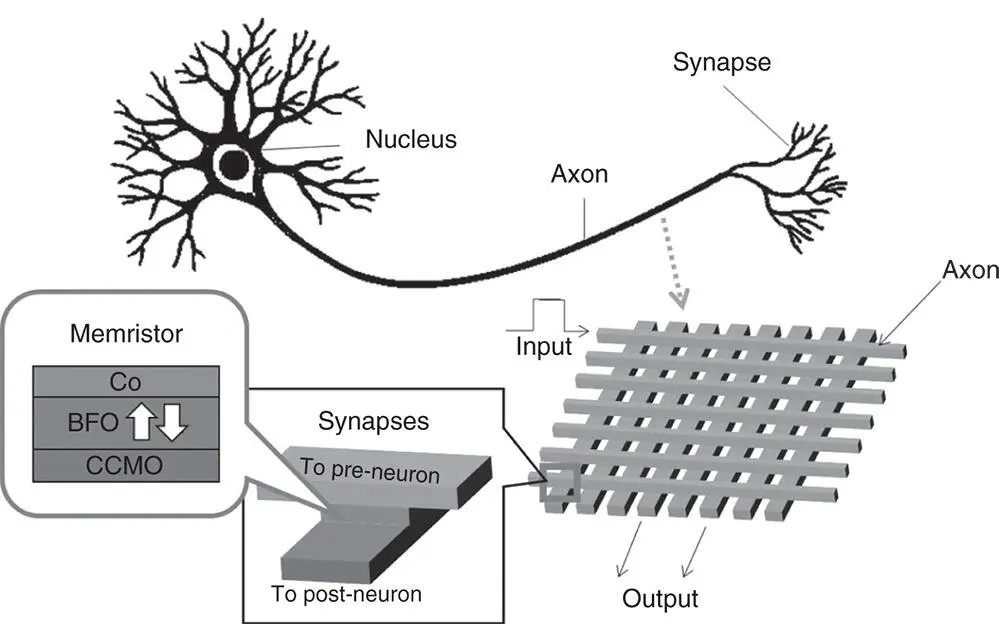
Figure 1.2A cross‐bar structure of synapse and artificial neuron networks based on a cross‐bar structure. Ferroelectric thin films such as BiFeO 3can be used as the junction material.
Source: Adapted from Boyn et al. (2017).
This book will tell you fundamentals and characterization methods of ferroic materials, physics, and technologies behind ferroic device design and applications as well as their recent advances.
A smart system, such as a self‐driving car or remote‐control aircraft, is a system that relies on sensors and actuators to realize instant feedback of controlled variables (CVs) such as speed, height, etc. The basic component of a smart system usually contains sensors, actuators, and control system. An intelligent smart system needs large amount of data processing and memories, while ferromagnetic and ferroelectric materials have been implemented in realizing non‐volatile memristors. Beyond that, memories based on ferroelectric thin films may also find application in electronic synapses as building blocks toward building ANN.
As an example, a smart system of remote control copter relying on proportional–integral–derivative (PID) feedback control system is shown in Figure 1.3. PID is a three‐order feedback control system that has been widely used in auto driving vehicles and auto‐pilot airplanes to make the dynamic system operate smoothly or being stable during video imaging. Equation (1.1)illustrates the mechanism of PID control where three terms of proportional gain (P), integral gain (I), and derivative feedback (D) can provide instant response to cure the error (E) between the set point (speed of vehicle or height of the copter) and controlled variable (CV):
(1.1) 

Figure 1.3(a) Photo of a remote control copter and (b) diagram of a PID feedback control system where sensors and actuators are implemented.
In this feedback control system, we can find applications of ferroic materials, for example, piezoelectric‐based gyroscope, surface acoustic wave device for wireless communication, and ferroelectric‐based infrared detector. In gyroscope, rotation and acceleration can be sensed by measuring induced voltage generated by piezoelectric effect; a surface acoustic wave device based on piezoelectric effect is used for communication band selection; and a ferroelectric‐based infrared detector can be used as an intruder sensor making the copter able to find people for rescue mission. Figure 1.4shows the finite element modeling (FEM) simulation of three resonant motions in a Pb(Zr x,Ti 1−x)O 3(PZT)‐based gyroscope and photo of a fabricated gyroscope (Chang and Chen 2017).
Sensors: Devices that can “sense” a change in some physical characteristics and perform an electrical input function are commonly called sensors. For example, a strain sensor converts mechanical strain into electrical signal.
Actuators: Devices that perform an output function are generally called actuators. An actuator can be utilized to control some external moduli or output mechanical movement such as ultrasonic wave. For example, an atomic force microscope (AFM) uses piezoelectric actuators to realize scanning along three directions.
Transducers: Both sensors and actuators are collectively known as transducers because they are used to convert energy of one kind into energy of another kind. Transducers can be used to sense a wide range of different energy forms such as movement, electrical signals, thermal or magnetic energy, etc. The type of input or output transducers being used really depends on the type of signal or process being “sensed” or “controlled,” but we can define a transducer as a device that converts one physical quantity into another.
Читать дальше
